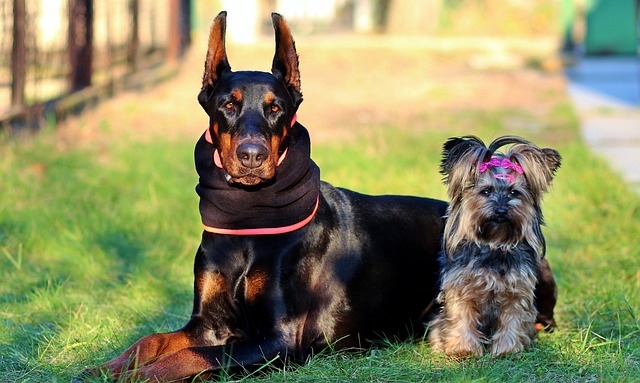
Why can't German Shepherds eat chicken
If you’ve heard “German Shepherds can’t eat chicken” from a fellow dog owner, you might be avoiding perfectly good food for your pup unnecessarily.
You might’ve spotted nutritional yeast in your pantry—often used to add a cheesy flavor to plant-based meals—and wondered if you can share a sprinkle with your pup. It’s a common question for new dog owners, especially those who love cooking at home and want to include their furry friends. The short answer is usually yes, but there are key details to get right to keep it safe.
Nutritionally, nutritional yeast is a solid add-on for dogs when given in moderation. It’s packed with B vitamins (like B12 and folate) that support their energy levels and skin health, plus it’s low in fat and sodium—unlike some human snacks that can harm dogs. From a science standpoint, it’s also a source of protein, but it shouldn’t replace your dog’s balanced kibble or wet food. For example, if your dog turns up their nose at their regular meal, a tiny sprinkle of nutritional yeast on top can make it more appealing without adding extra calories.
When adding nutritional yeast to your dog’s diet, start small and stick to guidelines. A good rule is 1/4 teaspoon per 10 pounds of body weight, max—too much can cause an upset stomach, like gas or diarrhea. Always pick unsweetened, unfortified nutritional yeast (check the label for added sugars or salts, which are bad for dogs). Mix it into their food gradually: first a pinch, then increase over a week to see how their digestion handles it. If you notice loose stools, cut back or stop altogether.
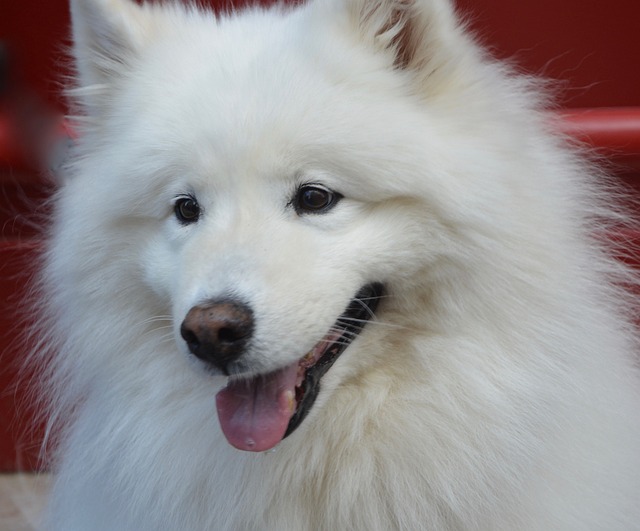 Don’t forget to link this to broader pet care rules and habits. While nutritional yeast is safe, it’s not a replacement for vet-recommended supplements—if your dog has a nutrient deficiency, your vet will suggest the right fix, not just pantry staples. Also, if you’re part of a community dog group or take your pup to daycares, sharing snacks (even healthy ones like nutritional yeast) should be done cautiously—some dogs have allergies, and it’s polite to ask owners first. Plus, keeping your dog’s diet consistent helps avoid unexpected health issues, which aligns with animal welfare best practices.
Don’t forget to link this to broader pet care rules and habits. While nutritional yeast is safe, it’s not a replacement for vet-recommended supplements—if your dog has a nutrient deficiency, your vet will suggest the right fix, not just pantry staples. Also, if you’re part of a community dog group or take your pup to daycares, sharing snacks (even healthy ones like nutritional yeast) should be done cautiously—some dogs have allergies, and it’s polite to ask owners first. Plus, keeping your dog’s diet consistent helps avoid unexpected health issues, which aligns with animal welfare best practices.
Adding nutritional yeast to your dog’s meals can be a fun, healthy way to boost their diet—if you do it right. By sticking to small portions, choosing the right type, and checking in with their digestion, you’ll keep mealtime safe and tasty. Remember, when it comes to your pup’s food, moderation and vet guidance are always top priorities—so enjoy adding that little cheesy kick, but never let it overshadow their balanced, regular diet.

If you’ve heard “German Shepherds can’t eat chicken” from a fellow dog owner, you might be avoiding perfectly good food for your pup unnecessarily.

Standing in the pet food aisle staring at shelves of wet and dry options for your new German Shepherd can feel overwhelming.
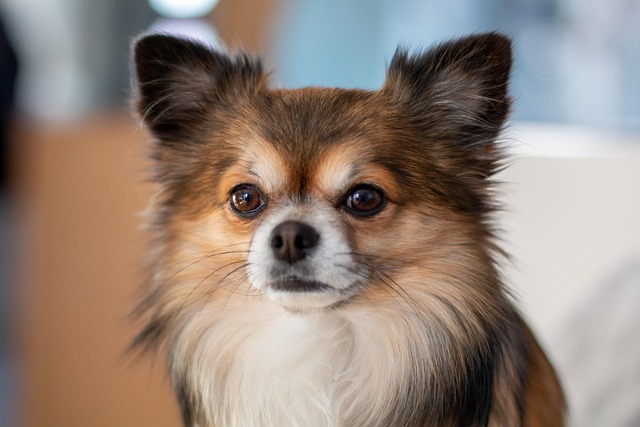
If you’ve spent hours Googling why your dog won’t stop scratching their ears or licking their paws, you’ve probably encountered endless mentions of “grain allergies” or “chicken allergies.”
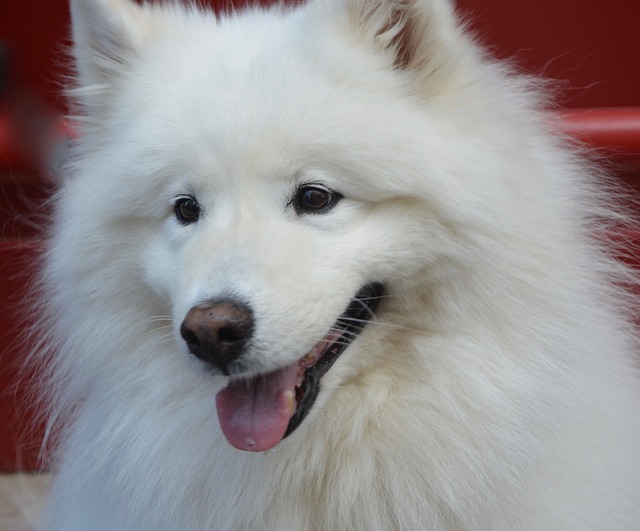
You might’ve spotted nutritional yeast in your pantry—often used to add a cheesy flavor to plant-based meals—and wondered if you can share a sprinkle with your pup.
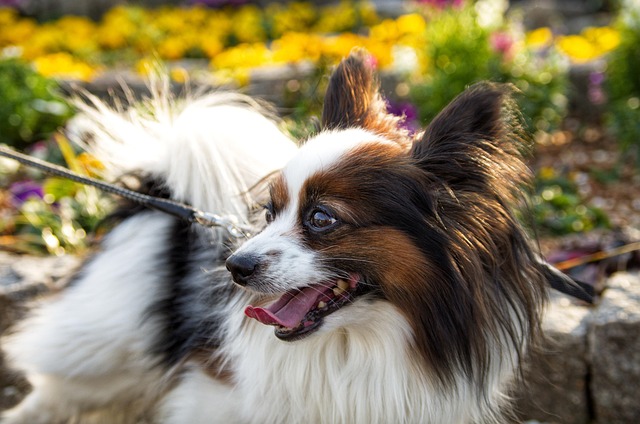
You’ve just noticed your golden retriever, Bailey, limping slightly after a day at the local dog park. As a new pet parent in the U.S.,
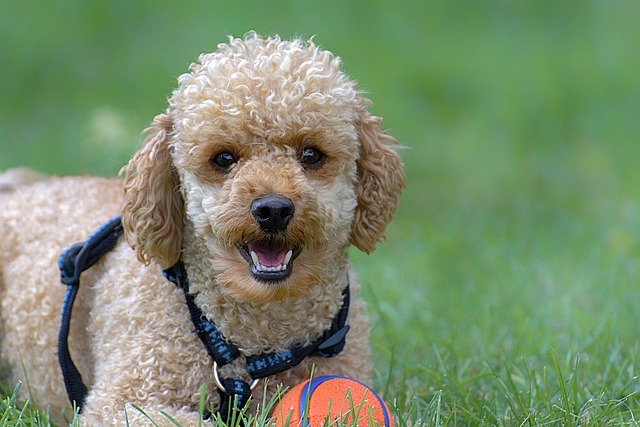
If you’re daydreaming about bringing home a standard poodle, one of the first questions popping up is probably how much space they’ll take up—both on your couch and in your life.